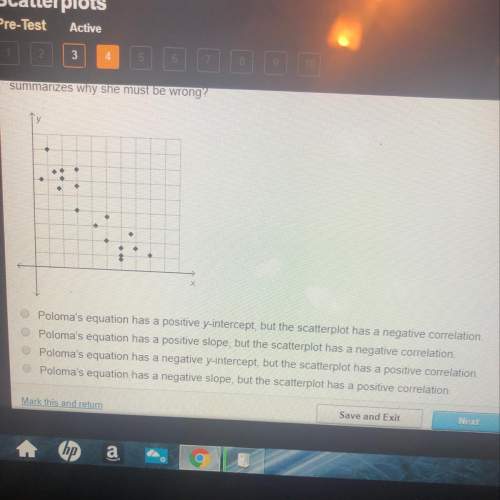
Mathematics, 27.05.2021 02:40, batman48000
Population The population (in thousands) of Buffalo, New York, from 2000 to 2014 can be approximated by the model , , where represents the year, with corresponding to 2000 (see figure). (Source: U. S. Census Bureau)
The image consists of a visual representation of a graph. A line is graphed on a t y coordinate plane. The horizontal axis represents Year (0 ¬is 2000), and the vertical axis represents Population (in thousands). The line joinss the points (0, 291), and (15, 255).
Graphically estimate the -intercept of the graph.
Find algebraically and interpret the -intercept of the graph.
Use the model to predict the year in which the population will be . Does your answer seem reasonable? Explain.

Answers: 1
Other questions on the subject: Mathematics

Mathematics, 21.06.2019 15:40, xxaurorabluexx
What is the distance between the points 4,10 and -3,-14 on the coordinate plane
Answers: 2


Do you know the correct answer?
Population The population (in thousands) of Buffalo, New York, from 2000 to 2014 can be approximated...
Questions in other subjects:


Mathematics, 25.11.2021 14:10



Computers and Technology, 25.11.2021 14:10



Mathematics, 25.11.2021 14:10

Biology, 25.11.2021 14:10







